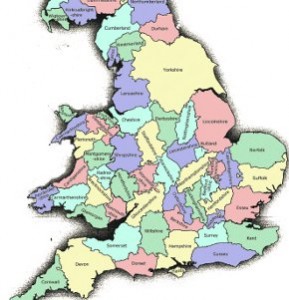
The British are great appreciators of wine from all over the World. It is thought (but unproven) that vines have been grown in Great Britain since before the Romans’ arrival; it is certain that vines were grown and wine made in the Middle Ages, but the mini Ice Age that followed ended that. Vines began to be grown commercially once more in the second half of the 20th Century, with such rapid expansion that today there are some 770 vineyards and 165 wineries.. This has been possible not simply because of climate change, with longer, warmer and often drier summers, but to the application of scientific analysis in choice of vines, viticulture and wine-making as well as extensive training and expertise now in the industry.
English Classic Method wines, made by the traditional method, often with similar cépage to Champagne, have gained international recognition following success in many competitions. They are noted for their crisp ‘green apple’ quality and sophistication. Some sparkling wines blend in portions of aromatic varieties to provide additional fruit character.
Still wines are improving year on year, led by Bacchus and Chardonnay, but with good results also for Pinot Noir and Dornfelder reds in warmer years, as well as crisp rosés. Other practices such as natural wine, orange wine, and Ovevri are now emerging.
Surface planted:
3,000ha (2019)
Production:
98 289 hl (2018)
78 606 hl (2019)
Consumption (national from all sources):
12,5 Mhl (2019)
Terroir
Main wine regions
The vineyards are concentrated in the South and East of England (Kent, Sussex, Surrey, Hampshire, and west to Cornwall, as well as East Anglia) but extend to Yorkshire in the north and Wales to the West, with increased planting every year, including in Scotland.
Legislation
Accords with E.U. legislation for PDO(AOC) and PGI (IGP).
Sites